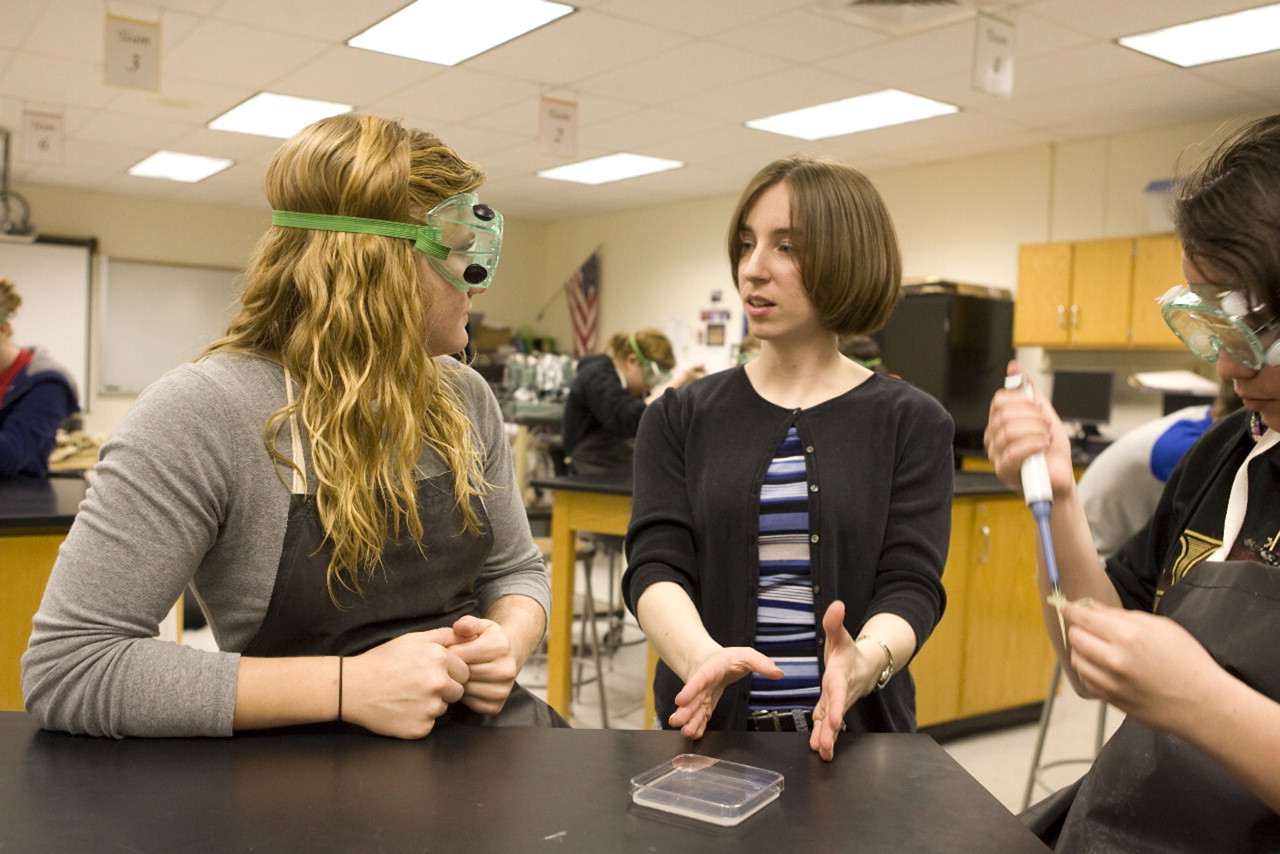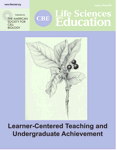The Next Five Years
On August 1, I had the honor of becoming Editor-in-Chief of CBE—Life Sciences Education, replacing William (Bill) Wood, who led the journal in this capacity for the past five years. Bill spearheaded a significant broadening in the scope of the journal, including its renaming to CBE—Life Sciences Education and an expansion of the editorial board to represent more life science disciplines and a greater diversity of educational environments. Readership continues to grow. Almost 8000 people are registered to receive electronic table of contents alerts for each new issue. The journal is now tracked by Thomson Reuters, formerly The Institute for Scientific Information, and thus will have an Impact Factor in the 2010 Journal Citation Reports, which will be published in 2011. I would like to thank Bill for his capable leadership. I will do my best to build on the momentum he has generated.
I would also like to acknowledge the outstanding efforts of the editorial board. Thanks to Elizabeth Armstrong, Julio Turrens, and Paul Williams, who ended their terms this year. Thanks also to Robert DeHaan, Clarissa Dirks, Daniel Klionsky, Elisa Stone, and Mary Pat Wenderoth, who recently joined the board. A number of board members have served as guest editors for special issues: Kimberly Tanner for the Summer 2006 issue on neuroscience education, Jeff Hardin for the Spring 2008 issue on developmental biology education, and John Jungck and Pat Marsteller for the Fall 2010 issue on the integration of biology and mathematics education. By contributing their time, effort, and expertise, these individuals have broadened the appeal of CBE–LSE and helped ensure that education scholarship within particular life science disciplines is accessible to readers who span the disciplines.
It is an exciting time in biology education! Almost a decade has passed since the publication of BIO2010 (National Research Council, 2003), the number of “science faculty with education specialties” has grown (Bush et al., 2006, 2008), and Vision and Change (American Association for the Advancement of Science, 2010; Woodin et al., 2010) has outlined an agenda for transforming undergraduate biology education. For example, with support from the Howard Hughes Medical Institute, the National Science Foundation, and other organizations, national movements are under way to reform introductory biology education and integrate research experiences into undergraduate courses for majors and nonmajors alike. This reform effort now faces a thornier issue: institutional and cultural barriers that prevent widespread employment of effective instructional practices. One of my priorities as Editor-in-Chief will be for CBE–LSE to serve as a venue for publishing research and evidence-based practices that characterize, mitigate, and even eliminate these barriers.
Amy Replogle from the University of Missouri plans a research collaboration with students in Carol Robertson's class at Fulton High School as part of the Partnership for Research and Education in Plants. Photo courtesy of Carol Robertson.
Another priority will be to broaden readers' and authors' views of what constitutes data. Specifically, I want to make sure that CBE–LSE is a venue for publishing well-designed studies that reveal “what works,” as well as studies that reveal what “working” means and “why or how it works.” Identifying unanticipated learning outcomes and determining why teaching methods work will require an openness to approaches and results utilized in qualitative research, which are more typically seen in sociology or anthropology (National Research Council, 2002). My intention is to maintain the high standards for what constitutes publishable work (i.e., CBE–LSE will not publish “anecdotes”), while asking readers and authors to consider data and methods that are inherently different from those used in bench research.
For example, an increasing number of programs involve scientists and scientists-in-training in K–12 classrooms. In some cases, scientists' involvement has been correlated with increased student achievement and improvements in students' attitudes toward science (e.g., Bruce et al., 1997; Laursen et al., 2007; Sadler et al., 2010). Are scientists acting in certain ways that foster student learning? Are scientists serving as role models, thereby enhancing student motivation to learn science? Is the involvement of another adult in the classroom providing students with more opportunities for feedback about their thinking? What is happening in instances where these outcomes are not observed? These questions may be best addressed using qualitative or ethnographic methods, such as classroom observation and participant interviews. Researchers can use these approaches to formulate hypotheses that can be tested in future research. To this end, the board has reviewed and approved changes in instructions to authors and reviewers that clarify the full range of data and methods that are appropriate for publication in CBE–LSE. The revised instructions, which are available on the journal website and printed in the 2010 Highlights issue, also more clearly delineate the differences between articles and essays.
CBE–LSE remains a unique venue for reaching the “grassroots”—biology faculty who want to improve their own teaching and their students' learning. The journal will continue to be written by and for professionals engaged in biology teaching in all environments, including K–12 schools, two-year colleges, four-year colleges, universities, and professional schools, as well as science centers and museums. CBE–LSE will continue to publish articles and essays that influence science education at all levels, from policy-making to classroom teaching and learning to partnerships among students, teachers, and scientists. The journal will strive to maintain a rapid review process and to offer authors thoughtful critiques aimed at improving their scholarship and, ultimately, their manuscripts. CBE–LSE is a venue for featuring educational innovations and their impacts and for understanding what is happening during biology teaching and learning as well as why particular outcomes occur, at the level of the learner, the classroom, the organization, and the broader community.



